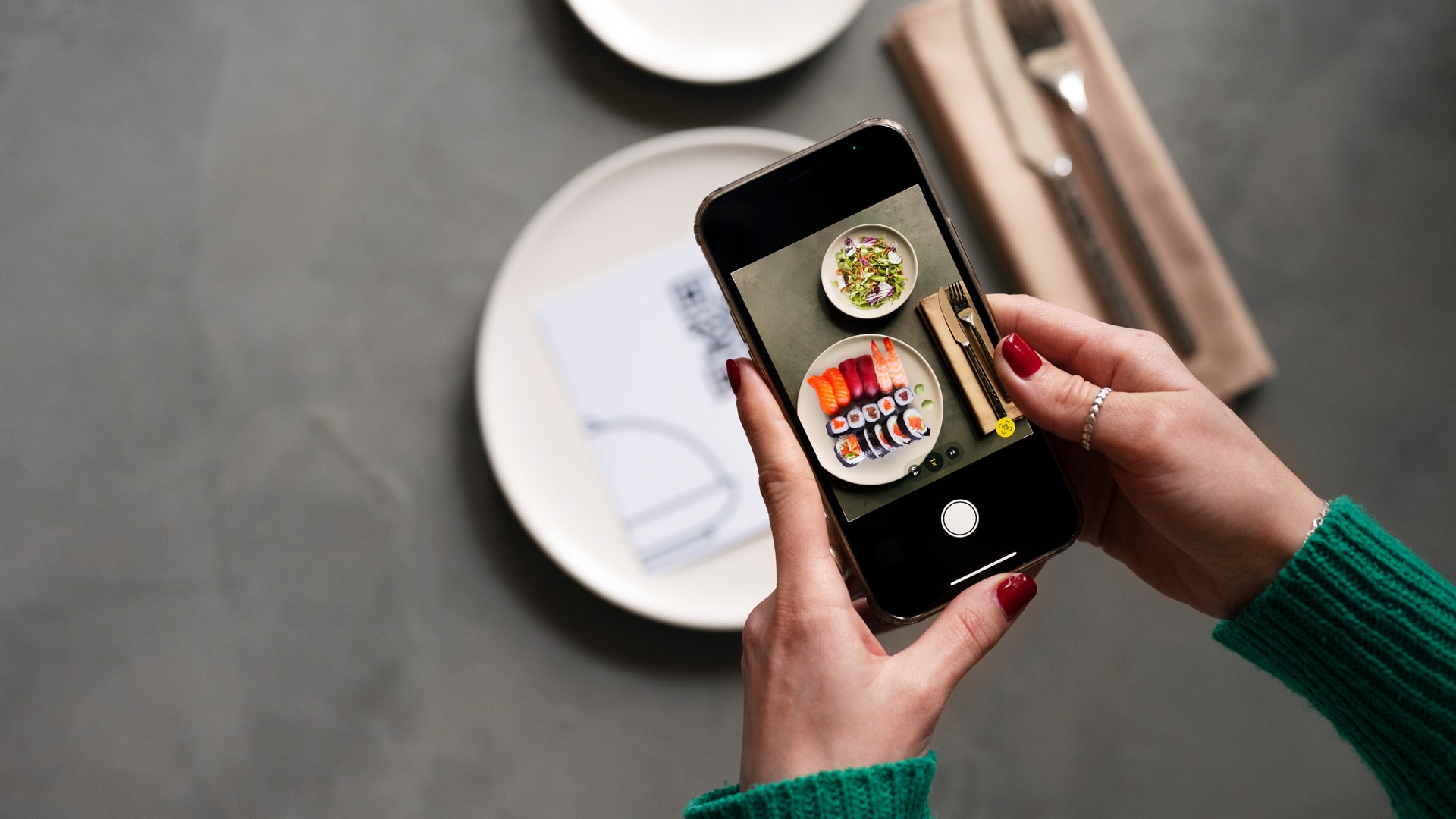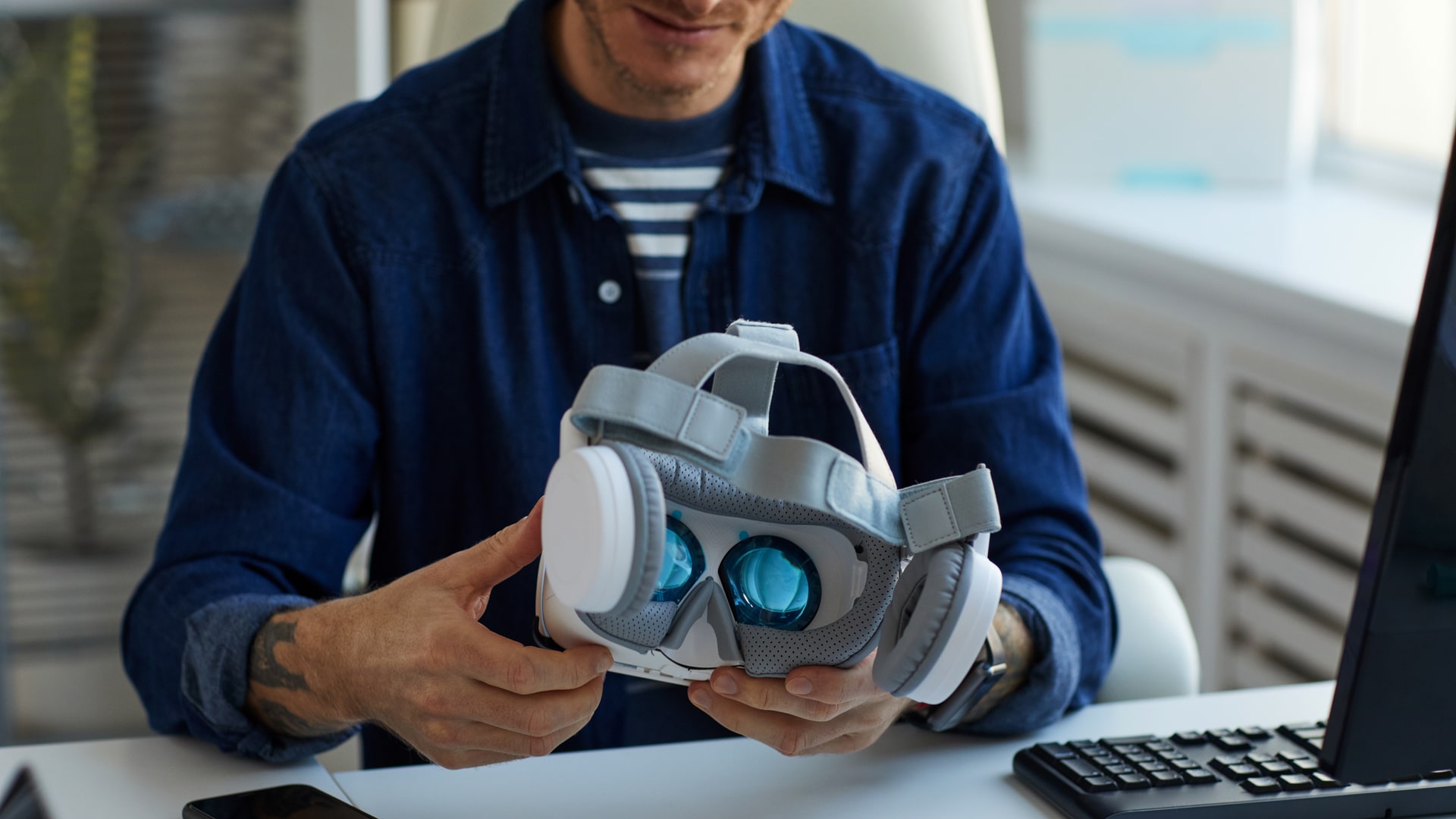
- The Rise of QR Code Menus
- Customer Preferences and Usage Patterns
- AR/3D Menus: The Next Step in Dining Innovation
- SWOT Analysis of AR/3D Menus in Restaurants
- Quality of Visual Representation in AR/3D Menus
- Interactive Menus: Engaging Customers in a New Way
- The Metaverse and Future Dining Experiences
- Conclusion: Shaping the Future of Dining
The experience of ordering food has undergone significant changes over the last decade, transitioning from traditional paper menus to more contemporary QR code systems. But, don’t you think the experience of ordering could be even more thrilling?
Imagine restaurants harnessing innovative technologies to transform this everyday activity into something extraordinary. As we delve into the world of technological advancements, we find that the potential for enhancing the dining experience is vast, with tools like QR codes and 3D-AR menus leading the charge.
These innovations are not just reshaping the way we order food; they’re revolutionizing the entire landscape of restaurant marketing and customer engagement.
The Rise of QR Code Menus
Initially introduced as a necessity during the COVID-19 pandemic, QR code menus have become a staple in the restaurant industry. They provided a contactless, safe, and efficient way for customers to view menus. According to recent data, over 55% of restaurants now use multiple QR codes, indicating a lack of loyalty to a single brand for menu purposes. This widespread adoption underscores the flexibility and convenience of digital menus.
Customer Preferences and Usage Patterns
Despite the convenience of QR codes, there’s a surprising preference for traditional menus. In chain restaurants across the US, about 75% of customers still opt for paper menus, with only 33% regularly using QR codes. However, QR Code Tiger’s 2023 report reveals a different trend: 78% of diners enjoy ordering using QR codes, and 88% of restaurant owners plan to continue using digital menus. This transition indicates a growing acceptance and potential for further integration of advanced technologies like AR/3D menus.
AR/3D Menus: The Next Step in Dining Innovation
The introduction of AR/3D menus is poised to transform the dining experience significantly. Here’s how it typically works:
Open Your Smartphone Camera:
The first step is simple. Patrons open the camera app on their smartphones, which is already a familiar action for most users.
Scan the QR Code:
Placed on the table or the menu, a QR code serves as a gateway to the AR experience. Once scanned, it triggers the AR menu.
Interactive AR Menu Experience:
Upon scanning the QR code, an interactive AR menu opens. Customers can then zoom in and out, exploring every detail of the food items and how they are served. This level of interaction is not just about seeing the menu; it’s about exploring it in a virtual 3D space.
The impact of this technology on customer behavior is profound. Being able to visualize the dishes in such a detailed and immersive way can significantly influence the quantity and type of orders. Customers are more likely to be enticed by dishes that they can visualize, leading to increased sales and a more engaging dining experience.

SWOT Analysis of AR/3D Menus in Restaurants
Strengths: Enhances customer experience, visually engaging, allows for detailed presentation of menu items, potentially increases sales.
Weaknesses: Requires investment in technology, may have a learning curve for older demographics, dependent on customer’s smartphone capabilities.
Opportunities: Differentiates restaurants from competitors, appeals to tech-savvy younger generations, and offers innovative marketing opportunities.
Threats: Technological glitches, potential resistance from traditionalists, reliance on internet connectivity.
Conclusion: The Future of Food Ordering
The advent of AR/3D menus could revolutionize the restaurant industry by elevating the customer experience to new heights. These innovative technologies not only serve as new marketing solutions but also have the potential to become a game changer in how we perceive dining out. As we move forward, the integration of AR menus and other advanced technologies will likely redefine the future of restaurant experiences, making them more interactive, engaging, and enjoyable.
Quality of Visual Representation in AR/3D Menus
After analyzing the SWOT for AR/3D menus, it’s crucial to emphasize the importance of the quality of the food images used in these menus. High-quality, realistic images are vital for the success of AR/3D menus. If the visual representation is poor or unappealing, it could lead to customer dissatisfaction and potentially render the innovative idea a failure.
The visual appeal of food plays a significant role in the dining experience, and in the case of AR/3D menus, it becomes even more critical. Restaurants must invest in high-quality imaging technology and culinary presentation to ensure the success of this innovative approach.
Interactive Menus: Engaging Customers in a New Way
Before delving into the potential of AR menus in the metaverse, it’s important to explore the concept of interactive menus further. Interactive AR menus offer more than just a visual representation of food; they provide an engaging, informative, and entertaining experience. Customers can interact with the menu in various ways, such as viewing ingredients, preparation methods, and even pairing suggestions.
This level of interaction not only educates the customer about their choices but also creates a memorable experience that can lead to increased customer loyalty and word-of-mouth marketing. Interactive menus can also incorporate features like instant feedback, dietary preferences, and language options, making them inclusive and accessible to a wider audience.
The Metaverse and Future Dining Experiences
As we look towards the future, the concept of ordering food in the metaverse using an AR restaurant menu becomes a fascinating possibility. In a virtual reality setting, customers could explore and interact with a restaurant’s menu in an entirely immersive environment.
This integration of AR technology and the metaverse presents a groundbreaking opportunity for restaurants to shape their future. They can create unique, engaging experiences that extend beyond the physical limitations of traditional dining. This could be the ultimate form of interactive dining, where the lines between physical and virtual experiences are blurred, offering a novel way for customers to explore and enjoy food.

Conclusion: Shaping the Future of Dining
The integration of AR/3D menus and the exploration of virtual reality dining in the metaverse highlight the boundless possibilities in the future of the restaurant industry. These innovations are not just about adapting to current trends; they are about setting new standards and exploring uncharted territories in customer experience and engagement. Restaurants that embrace these technologies have the potential to revolutionize the dining experience, making them not just places to eat but destinations for extraordinary culinary adventures.
Furthermore, this evolving landscape signifies a high-potential business opportunity in the future, promising not only enhanced customer experiences but also new avenues for growth and innovation in the hospitality sector.
You can create unforgettable dining experiences for your customers by leveraging technology and navigating the ever-changing culinary landscape with Immexive Creative Company. Get in touch with us today to learn how we can transform your restaurant and create the future of dining!

Navid



The transition from QR codes to 3D-AR menus marks a thrilling shift in dining experiences, redefining how we interact with technology in restaurants. This innovation not only transforms the ordering process but also revolutionizes marketing and engagement. Despite initial QR code resistance, the rising trend sets the stage for AR/3D menus to elevate customer satisfaction and drive innovation. The metaverse exploration adds an immersive layer, making dining a truly captivating adventure. Restaurants embracing these technologies pioneer extraordinary culinary experiences, setting new standards for the future and unlocking growth opportunities in the hospitality sector. This blog is fantastic, offering valuable insights into technology and dining experiences. Well-analyzed and rich in content, it greatly enhances the reader’s knowledge.
Hi Ava
Thank you so much for your kind words! I’m thrilled to hear you found the blog insightful and that it enhanced your understanding of how technology, especially 3D-AR menus, is revolutionising the dining experience. Embracing these innovations indeed opens up new dimensions of customer engagement and satisfaction. Your support motivates us to explore and share more about the future of restaurant technology. Let’s continue this journey together, uncovering the potential of digital advancements in enhancing our culinary adventures.
useful article, thanks for sharing!
Thanks for reading this article!